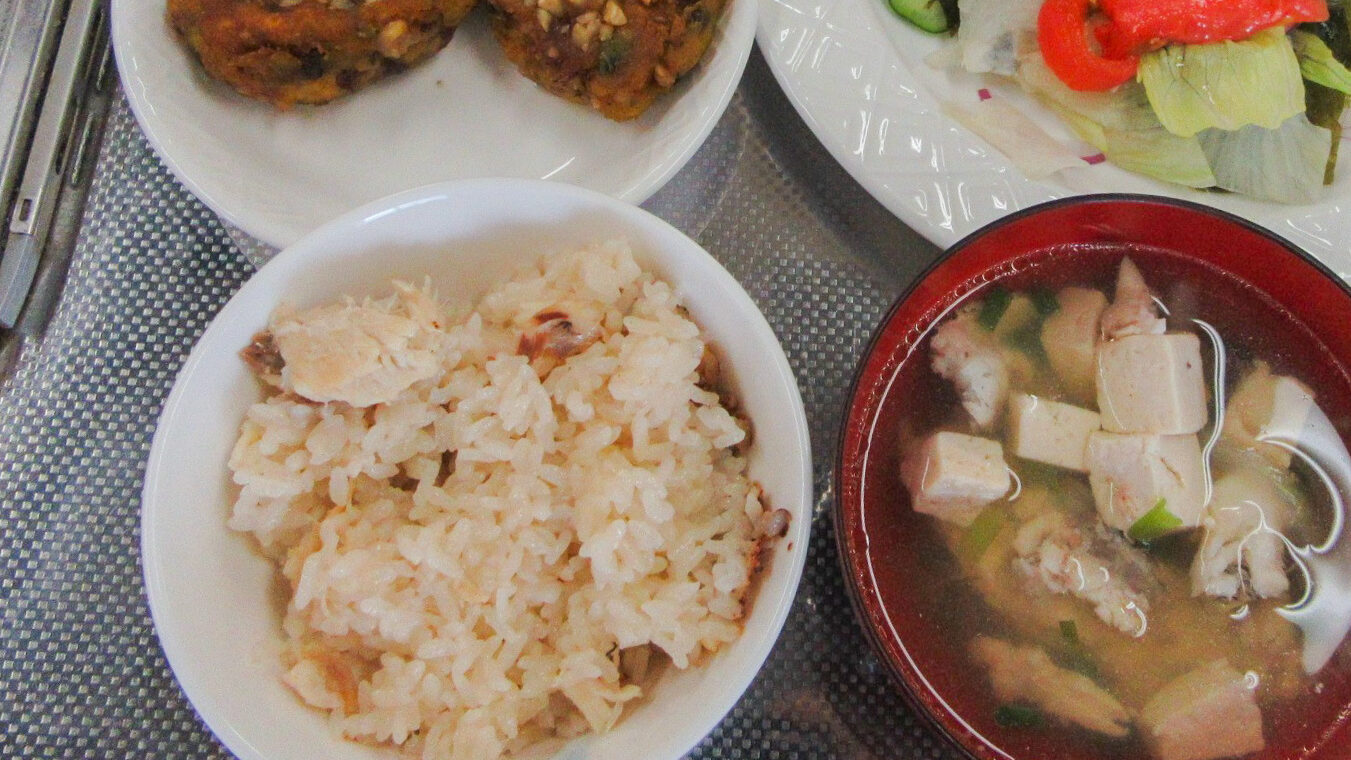
Howdy! Let’s set sail for Ehime Prefecture, where they’ve got a dish so good they named it after royalty – well, the “king of fish,” at least! We’re talking about “Tai Meshi,” or Sea Bream Rice. Now, this isn’t just one way of cooking it; oh no, Ehime’s got two main styles, each with its own story and deliciousness. In the eastern part, like Imabari, they cook the whole sea bream right in with the rice, letting all that yummy flavor soak in. Then, they flake the fish and mix it all up. But down south, around Uwajima, they do things a bit differently. They take slices of raw sea bream, marinate ’em in a tasty concoction of soy sauce, mirin, egg, sesame, and broth, and then spoon that goodness over hot rice. They say this style started with fishermen out on their boats who needed a quick meal without using fire. While they often used whatever fish they caught, the fancy sea bream version became the special “Tai Meshi.” Interestingly, in the central part, around Matsuyama’s Hojo area, the cooked-in style used to be the main way, but nowadays, you can find both types all over, even in homes!
Dish Name: Tai Meshi (Sea Bream Rice)
- Region / Location: Ehime Prefecture (entire prefecture)
- Primary Area of Tradition: Imabari and other eastern regions (cooked-in style), Uwajima and other southern regions (raw marinated style)
- Main Ingredients: Sea bream (tai), rice
How It’s Eaten / Served
There are two main ways to enjoy Tai Meshi in Ehime. In the Imabari (eastern) style, a whole sea bream is cooked with rice in a pot with water and seasonings, often with a piece of kombu (kelp) placed on top of the rice before adding the fish. Once cooked, the sea bream is taken out, the bones are removed, and the flaky fish meat is mixed into the flavorful rice. In the Uwajima (southern) style, slices of fresh, raw sea bream are marinated in a mixture of soy sauce, mirin, egg, sesame seeds, and dashi (broth). This marinated fish is then spooned over hot rice, along with some of the marinade. Both methods highlight the delicious flavor of the sea bream in different ways.
Cultural Background and Preservation
Sea bream has a long and cherished history with the Japanese people, even appearing in ancient texts like the Kojiki and Nihon Shoki. Using the whole sea bream in a local dish like Tai Meshi is a testament to this connection. The Kurushima Strait off the coast of Imabari is known for its fast tides, which result in firm and flavorful fish. In this eastern region, cooking the sea bream with the rice allows the rich umami of the fish to infuse every grain. In the southern Uwajima region, with its proximity to the fishing grounds off Kyushu, the raw marinated style is said to have originated as a simple meal for fishermen on their boats. While they might have used various types of fish, using the prized sea bream elevated it to the special “Tai Meshi.” Historically, the cooked-in style was dominant in central Ehime, but today, both styles are enjoyed throughout the prefecture, with restaurants offering both and families cooking their preferred version. Tai Meshi is enjoyed year-round and is often served during celebratory occasions as sea bream is considered a lucky fish. It’s also become well-known nationwide, with ekiben (station bento) versions available in various regions, and even processed products like Tai Meshi seasoning mixes are sold. Its mild flavor and the way the fish is mixed with rice make it a popular dish even for children who might not typically enjoy fish.
Additional information:
- Sea bream (Tai): A prized white fish in Japanese cuisine, often associated with celebrations and good fortune.
- Kojiki (Records of Ancient Matters): The oldest extant chronicle in Japan.
- Nihon Shoki (The Chronicles of Japan): The second-oldest book of classical Japanese history.
- Umami: One of the five basic tastes, often described as savory or meaty. It is caused by the amino acid glutamate and the nucleotides inosinate and guanylate.
- Mirin: A type of sweet rice wine similar to sake, but with a lower alcohol content and higher sugar content, used for cooking.
- Dashi: A Japanese soup stock made from ingredients like kombu (kelp), bonito flakes, dried shiitake mushrooms, or dried sardines.
- Ekiben (Station Bento): A boxed meal sold at railway stations in Japan.
The information about regional cuisine featured on this website (Piggy's Grandma of Japan) is summarized and adapted from the Ministry of Agriculture, Forestry and Fisheries of Japan (MAFF) website, "Our Regional Cuisines"Additional commentary is provided based on the unique experiences and perspectives of the site's editors.
The copyright for the original content regarding regional cuisine belongs to the Ministry of Agriculture, Forestry and Fisheries of Japan.
The summaries and adaptations published on this site are intended for informational purposes only. Piggy's Grandma of Japan does not guarantee the accuracy or completeness of this information. For the most accurate and complete details, please refer to the original pages on the MAFF website.

